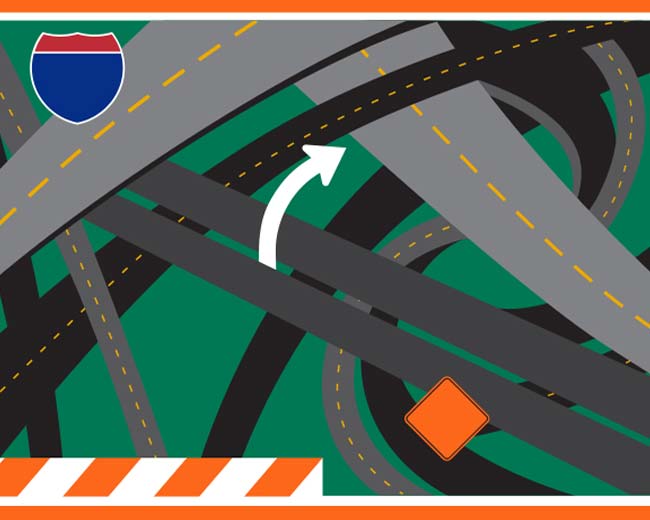1919 U.S. Army Transcontinental Convoy
A Cross-country Test
On the morning of July 7, 1919, a convoy of 79 U.S. Army vehicles departed from the “Zero Milestone” on the Ellipse south of the White House in Washington, D.C. The convoy included 24 officers, 258 enlisted men, and 14 War Department observation officers, including 28-year-old Lieutenant Colonel Dwight Eisenhower. The objectives of the expedition were to test new Army vehicles and to determine the feasibility of moving a military unit across the country.

